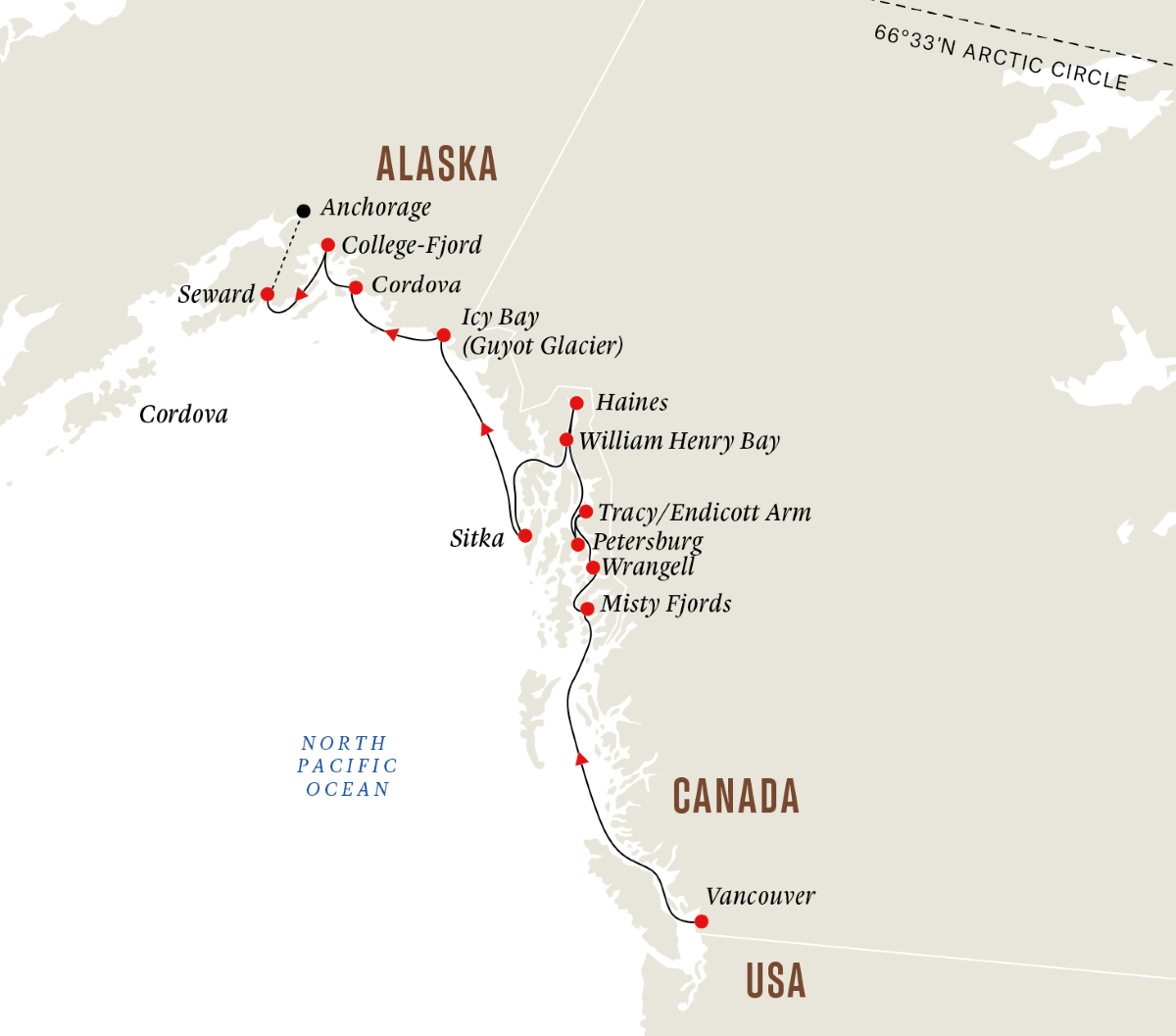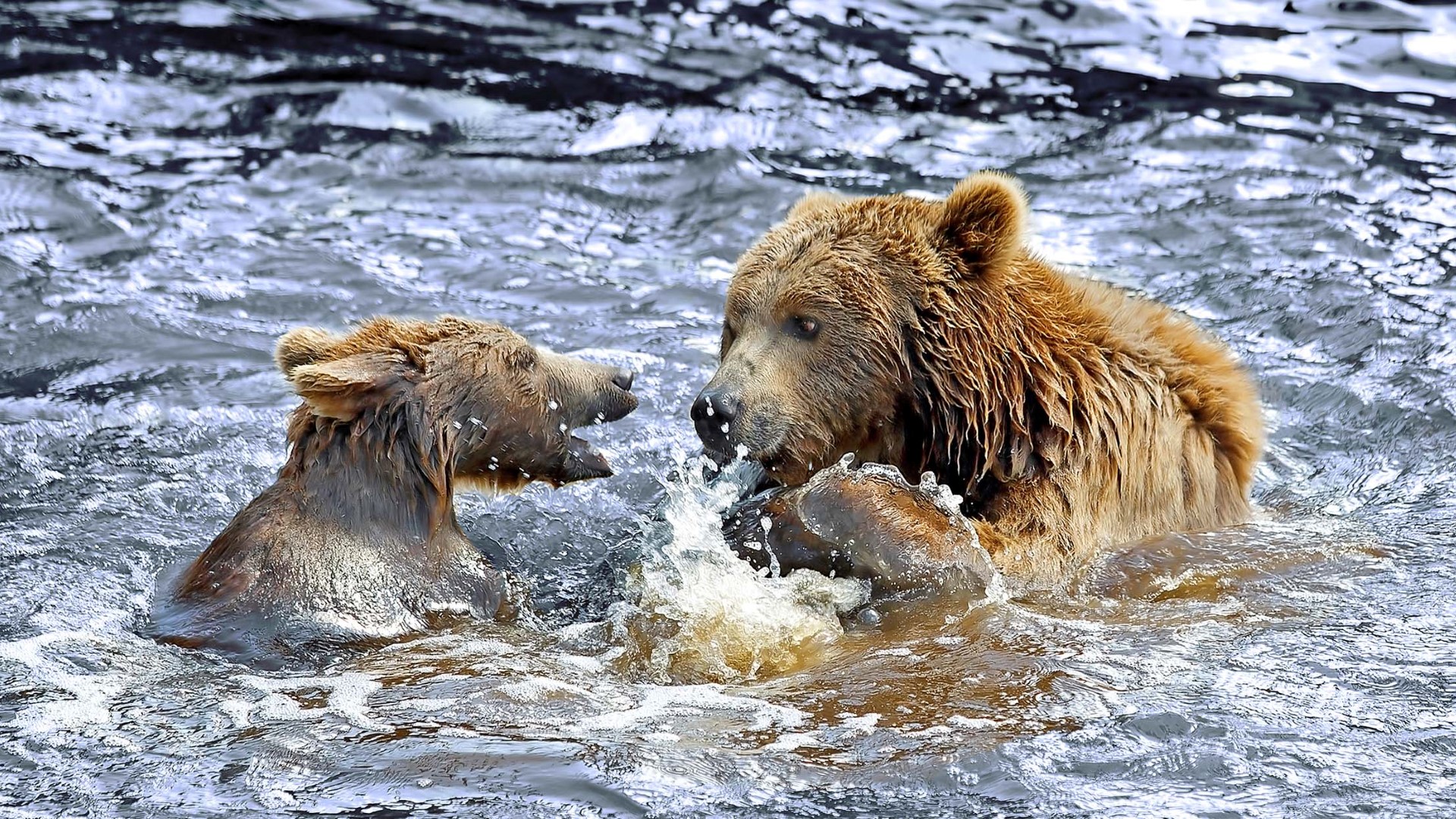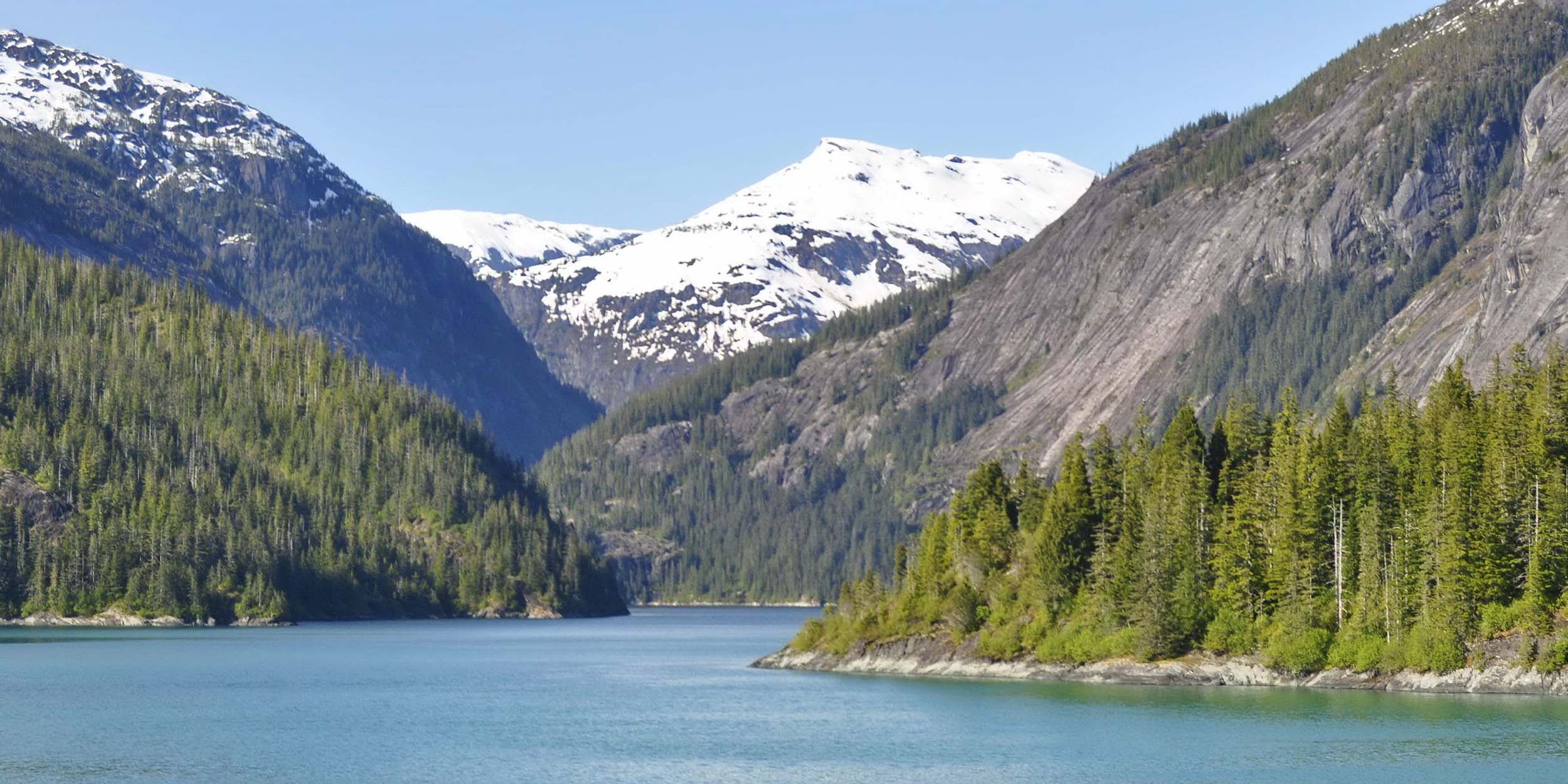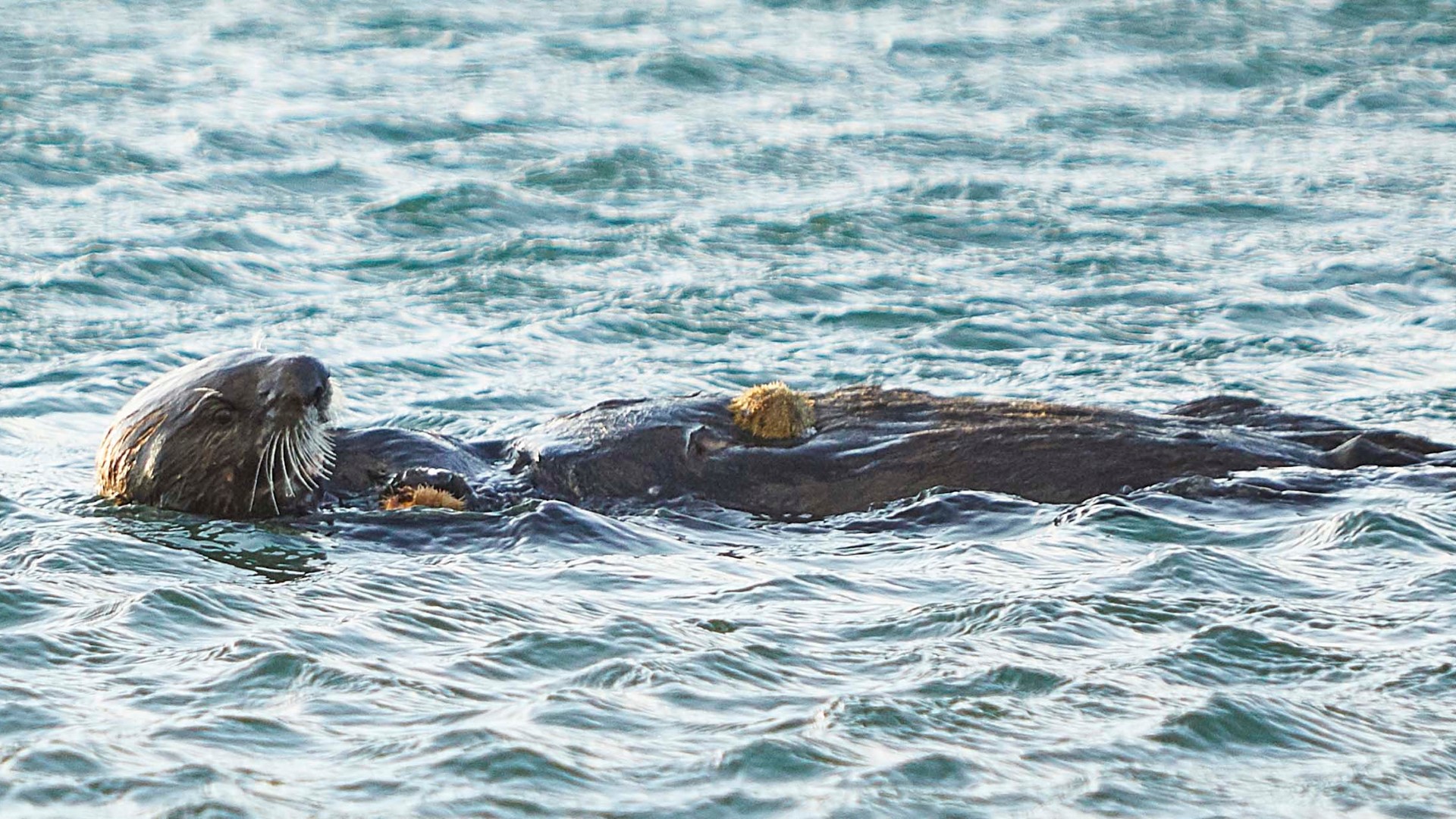Alaska and British Columbia – Wilderness, Glaciers, and Culture (Northbound)
CAD $TBA
14 Days / 13 Nights
Journey from Vancouver to Seward and Anchorage. Discover Alaska’s many fjords, Gold-Rush–era history, glistening glaciers, rare wildlife, primeval rainforest, and rich indigenous and Russian culture.
Itinerary
Your expedition cruise starts in Vancouver. Set amid gorgeous mountain scenery and along the waters of English Bay, Vancouver is both a bustling seaport and cosmopolitan city. Arrive a few days ahead of your cruise and find out why people rave about British Colombia’s largest city.
Its neighborhoods buzz with world-class farm-to-table cuisine. Chinatown and Punjabi Market have arguably the best Asian food in North America, while Commercial Drive is the home of Little Italy.
Don’t miss Vancouver’s oldest neighborhood! Gastown’s Victorian buildings house some of the city’s hottest restaurants and its over 500-foot-high Vancouver Lookout also offers a great view of the city.
Take in the neon lights and nightlife along the Granville Street strip or just relax on one of the beaches in West End. The latter is also the gateway to the towering red cedars of Stanley Park, filled with wide-open spaces to explore.
For an easy way to enjoy the highlights of Vancouver, we offer a half-day Vancouver Sightseeing Tour as a Pre-Program. It even includes a trip to the thrilling Capilano Suspension Bridge, which hangs 230 feet over the Capilano River.
Pining to venture even farther afield? Sign up for the Pre-Program trip aboard the Rocky Mountaineer train and travel through the Canadian Rockies. The scenery is nothing short of spectacular.
As we cross north into the open ocean, we’ll make our way toward the narrow channels of Canada’s Inside Passage. Feel the thrill of a great adventure as we navigate through the thousands of islands of the Pacific Northwest.
The great North American Pacific Fjordland is a protected stretch of water over 930 miles long, known for its relatively calm waters and few ocean swells.
As our journey begins, consider joining the Expedition Team at the onboard Science Center for fascinating lectures. Spend time getting to know your fellow travelers and head to the deck to look for dolphins, porpoises, orcas, and humpback whales.
Our expedition ship is small enough to pass through and get close to the many interesting and scenic channels of the Inside Passage. Don’t forget your binoculars!
The spectacular Misty Fjords National Monument is the first area you’ll explore on your expedition cruise. It forms part of the two-million-acre Tongass National Forest, a pristine coastal wilderness of evergreen trees, deep fjords, and majestic snow-capped peaks.
This region gets more than 150 inches of rainfall every year, which feed the lakes and rivers that run into waterfalls and tumble from the dark granite cliffs. These mountains, covered in cedar, spruce, hemlock, and moss, rise almost vertically from the fjords to heights of more than 3,000 feet.
The influential Scottish-American mountaineer John Muir, known as the ‘Father of the National Parks’, famously called the Misty Fjords one of the most beautiful places he’d ever seen. As we explore the area, we hope you’ll find similar inspiration. Weather permitting, you’ll tour the area aboard small boats (RIB) or by kayak on an optional excursion.
Keep your eyes peeled for mountain goats, brown bears, black bears, and moose along the shores, the ridges, or slopes. All five species of Pacific salmon swim in these waters, along with river otters, sea otters, sea lions, harbor seals, orcas, and Dall porpoises. Keep your binoculars ready for the hummingbirds, Trumpeter Swans, herons, and the greatest American icon: the majestic Bald Eagle.
Feel like you’re truly stepping back in time at Wrangell, one of Alaska’s oldest and most historic island towns. Ancient petroglyph carvings dot the beach here, and it’s only a 15-minute walk to where you can start noticing them. There are about 50 in total—see how many you can spot.
Afterward, pay a visit to the Wrangell Museum. It’s packed full of interesting artifacts and information about the town’s history. Wrangell is now part of the U.S., but was previously governed by Great Britain, Russia, and the Tlingit people, as far back as 8,000 years ago.
Don’t miss the moss-covered totem poles at the Chief Shakes Tribal House, which tell the story of the local Tlingit people. The beautiful Tribal House, constructed from cedar wood, is only a short walk from the town center over the wooden bridge to Shakes Island.
Being surrounded by such alluring scenery at the mouth of Stikine River and at the foot of Mount Dewey, it’ll be easy to get back to nature on one of the local trails to the edge of the rainforest.
Crossing Holkham Bay, we can choose between exploring Tracy Arm or Endicott Arm. These fjords are lesser-known gems of Alaska, due to their relative inaccessibility for larger vessels. You’ll appreciate just how special they are when you see them.
The waters are often so calm they seem like mirrors reflecting the sky and the mountains around them. Calving glaciers lie at the end of each fjord, releasing beautiful fresh icebergs out into the tranquil waters—some as tall as buildings.
Tracy Arm hosts the combined North and South Sawyer Glaciers, while the Dawes Glacier lies in the Endicott Arm. Both arms are home to rugged and radiant blue-ice glaciers and icebergs, set against a stunning backdrop of Alaskan forests and towering cliffs.
Endicott Arm is one of the world’s largest breeding-grounds for harbor seals, which are often seen loafing on the floating ice.
Keep your eyes peeled for whales, bears, mountain goats, moose, and other wildlife. If conditions are right you might catch a closer view from our small boats (RIB) or by kayaks on an optional excursion.
This little fishing town is located at the north end of Mitkof Island, where the Wrangell Narrows meets Frederick Sound. Here, you might see icebergs descending from LeConte Glacier on the opposite shore. In the summer, these waters are usually important feeding grounds for humpback whales.
Petersburg boasts the largest home-based halibut fleet in Alaska, which supports a number of canneries. The harbor is brimming with ships and seaplanes, but isn’t deep enough to receive larger cruise ships.
From the waterfront, you’ll have enviable views of the snowy summits across Frederick Sound. The most prominent of these peaks is the Devil’s Thumb, the site of the biggest rockface in North America.
Founded by a Norwegian named Peter Buschmann in the 1800s, the 3,000 residents of this ‘Little Norway’ are very proud of their Scandinavian heritage. With Hurtigruten being from their ancestral homeland, we’re likely to get a warm welcome from the locals.
Enjoy the quaint wooden houses decorated with traditional Norwegian rosemaling as you stroll quiet streets like Sing Lee Alley. Learn all about the town’s Nordic history at the Sons of Norway hall, a large white building built in 1912. You’ll even find a replica Viking ship, the Valhalla, which was constructed nearby.
Discover this rugged frontier Alaskan town with a heart for art. Haines is postcard perfect, located in the northern part of the Alaskan Panhandle beside the Lynn Canal deepwater fjord.
Before the gold rush, Haines was the home to the Chilkat Tlingit people. who are well-known for weaving intricate designs with mountain goat fur and yellow cedar bark. Visit the Haines Sheldon Museum to see authentic Chilkat blankets on display.
The creative spirit lives on in Haines through its flourishing art scene. There are more artists per capita here than any other town in southeast Alaska, explaining the diverse art collections in the local galleries and workshops. Totem carving, silverwork, sculpture, and photography are just some of the art forms on display here.
Haines is also ideal for adventurers seeking hiking and wildlife-spotting opportunities. Known as the ‘Valley of the Eagles’, Haines is a bald eagle magnet. Its varied ecosystems also support bears and moose.
If you’re a fan of the offbeat and quirky, check out the Hammer Museum. It’s not hard to spot—just look out for the giant hammer.
William Henry Bay lies south of Haines, at the edge of the Chilkat Range mountain range. We’ll drop anchor and explore the shores lined with old-growth forest together with local guides. Keep your eyes open for brown and black bears, black-tailed deer, and moose.
The area here was the site of copper mining and later gold in 1921. With the Cold War and nuclear arms proliferation of the 1950s, the U.S. government spurred on a ‘uranium rush’ around William Henry Bay, but failed to find any significant deposits. Recent surveys seem to suggest that there still be gold in these hills…
In the evening, we’ll pass by Point Adolphus, located on the northern tip of Chichagof Island, across from Glacier Bay National Park. These nutrient-rich waters are famous for attracting large numbers of humpback whales and other marine life. See why Point Adolphus is known as one of the best whale-sighting spots in North America.
Situated on Baranof Island on the outer coast of the Inside Passage, Sitka can only be reached by sea or by air. It’s also surrounded by Tongass National Forest, the largest temperate rainforest in the world. While you sail, enjoy views of the Sisters Mountains and of Mount Edgecumbe, a dormant volcano reminiscent of Japan’s Mount Fuji.
Originally inhabited by the Tlingit people over 10,000 years ago, it was conquered by Russia in 1804 and renamed ‘New Archangel’. By 1808, the city was the largest in the region and was designated the capital of Alaska. Today, Sitka is home to a blend of cultures. Tlingit traditions remain strong, existing alongside Russian and American influences.
With Russia reeling from the Crimean War, it sold Alaska to the U.S. to keep it out of the hands of the British. The transfer ceremony in 1867 took place in ‘New Archangel’, which was promptly renamed ‘Sitka’. At the price of $7.2 million for the entire region, it was a steal at just two cents per acre!
Historic sites abound in Sitka, like its oldest intact building, the Russian Bishop’s House, dating back to 1842. Or you can visit the Russian Orthodox St. Michael’s Cathedral, which still features its original chandelier, religious art, and a range of other artifacts.
A highlight for most visitors to Sitka is the over-100-acre Sitka National Historical Park. A fascinating museum here offers a range of exhibits. You can then follow a trail that leads you by the ocean through a peaceful forest. You’ll also discover beautiful examples of ornate Haida and Tlingit totem poles along the way.
Discover Icy Bay, near Prince William Sound—a place that really lives up to its name. Three prominent glaciers—Guyot, Yahtse, and Tyndall—feed vast chunks of floating ice into the bay’s waters.
This area was once a giant tidewater glacier that ran directly into the Gulf of Alaska. The bay has only been accessible to ships for the last 100 years or so.
This was also the site of the 2015 megatsunami, when 180 million tons of mountain rock and forest collapsed into the fjord. The resulting wave is thought to be one of the highest in the past century. Thankfully, the megatsunami dissipated without doing any damage.
Our aim will be to visit the Guyot Glacier, measuring 34 miles long and 8 miles wide, but that depends on the amount of ice we encounter along the way and on local weather conditions. If possible, we will go ashore as close to the glacier as safely as possible, or explore the waters by kayak as part of an optional excursion.
Like always, we’ll be on the lookout for the awesome wildlife that abounds in the Gulf of Alaska, including humpback whales, orcas, Stellar sea lions, sea otters, harbor seals, and much others.
Photo ops will abound throughout the day in this rough and rugged area steeped in natural beauty. The harbor seals, in particular, love to laze on the floating ice.
Cordova is an authentic Alaskan salmon fishing town surrounded by the vast Chugach National Forest. As it’s only accessible by boat or plane, only a few visitors each year admire the town’s spectacular setting between Orca Inlet, Hawkins Island, Mount Eccles, Eyak Lake, and the Copper River Delta.
Thanks to this remoteness, Cordova has preserved its small-town, traditional feel more than many other communities in Alaska. Enjoy the friendly atmosphere and chat with the welcoming locals about their lives.
Head down to the Ilanka Cultural Center and see a collection of tribal artifacts and artwork, including a fully reconstructed orca skeleton. You can also check out the museum on Main Street for a snapshot of Cordova’s history.
Some might know of Cordova due to the infamous Exxon Valdez oil spill of 1989, when a tanker ran aground on Bligh Reef northwest of the town. Major efforts helped clean up the coastline. While the region’s sea otters, eagles, Tundra Swans, beavers, moose, and bears have largely recovered, certain after-effects remain.
This area in northern Prince William Sound is home to five magnificent tidewater glaciers, five large valley glaciers, and a dozen smaller ones. From afar, the glaciers look like frozen waterfalls, tumbling slowly down the black rock of the Chugach Mountains into the blue seas below.
Glaciers such as Vassar, Smith, Yale, and Harvard were named after their discoverers’ Ivy League alma maters during the 1899 Harriman Expedition. Princeton is notably missing—the discoverers are said to have taken great delight in this deliberate snub!
Harvard Glacier is the largest among these glaciers. Its face is 200-feet-thick and over a mile wide. We’ll get as close as we safely can to these natural wonders, provided that the wind, waves, and conditions are favorable.
Be on the lookout for wildlife, including humpback whales, bald eagles, otters, and sea lions, which are often spotted in this remote area. There is also a possibility of small-boat (RIB) cruising on the fjord, or even kayaking as an optional excursion.
Sitting on the Kenai Peninsula at the head of Resurrection Bay and beneath Mount Marathon, Seward boasts incredible natural scenery. This is the gateway to Kenai Fjords National Park, a vast mountainous area containing one of Alaska’s largest ice fields.
Founded in 1903, Seward is the only deepwater ice-free port that also connects to Alaska’s interior via plane, train, and highway. It is named after William H. Seward, the Secretary of State who negotiated the U.S’s purchase of Alaska from Russia in 1867.
When we arrive at this lively harbor, you’ll bid farewell to the ship and enjoy a scenic drive through spectacular backcountry to Anchorage for an overnight stay. The route between Anchorage and Seward is also well known for sightings of the horned Dall sheep.
We’ll also make a stop at the Alaska Wildlife Conservation Center along the way. Surrounded by mountains and glaciers, this sanctuary in Portage Valley cares for orphaned or injured Alaskan animals. Here, you might see bears, bison, moose, caribou, elk, eagles, owls, musk oxen, and a variety of birds.
Your expedition ends in Alaska’s largest city, home to almost 40% of the state’s population—a proportion beaten only by New York state and its famous city. In fact, Anchorage sits almost exactly midway between New York City and Tokyo, Japan; but it’s even further north than Oslo, Norway, and Saint Petersburg, Russia.
Anchorage is packed with the restaurants, galleries, events, and baseball games; enjoy this modern American metropolis. It’s also near Denali National Park, which you can visit as part of our Post-Program.
If you have time, the Anchorage Museum’s artwork and artifacts collections is worth a visit. The Native Heritage Center also showcases a variety of cultures and traditional dance performances.
Flowers will be in full boom in Town Square Park, while locals will be fishing for salmon in Ship Creek, downtown, to make the most of the long summer days. Moose are commonly seen roaming certain neighborhoods, with brown and black bears also known to wander into parts of the city.
Dates & Prices
| Start/End | Nights | Sailing Schedule | Starting From |
|---|---|---|---|
| Vancouver / Anchorage (Northbound) | 13 | ||
| Anchorage / Vancouver (Southbound) | 13 |
*Price per person for cruise only, based on double occupancy. Due to the dynamic nature of availability and pricing, please click here to contact us directly for sailing schedule and full pricing.
Featured Inclusions

1 night in Anchorage, including breakfast after your cruise

Transfer from the pier in Seward to the hotel in Anchorage with a stop at the Alaska Wildlife Conservation Center. Includes admission fee, English-speaking guide, and a packed lunch

Expedition cruise in a cabin of your choice

Breakfast, lunch, and dinner, including beverages (house beer and wine, sodas, and mineral water) in restaurants Aune and Fredheim

Complimentary tea and coffee

Free WiFi on board

Complimentary expedition jacket developed for and by explorers

Complimentary reusable water bottle made from aluminum to use at water refill stations located throughout the ship

Experts from the Expedition Team present detailed lectures on a variety of topics

Escorted landings with small boats (RIBs)
Ship Information

MS Roald Amundsen
MS Roald Amundsen is the first of two hybrid ships Hurtigruten will add to its fleet over the next few years, cutting emissions by sailing with electrical propulsion. Hybrid technology, combined with the advanced construction of the hull and effective use of electricity on board, will reduce fuel consumption and CO2-emissions on the ships by 20%. The building of these two ships represents the largest single investment in the history of Hurtigruten.








